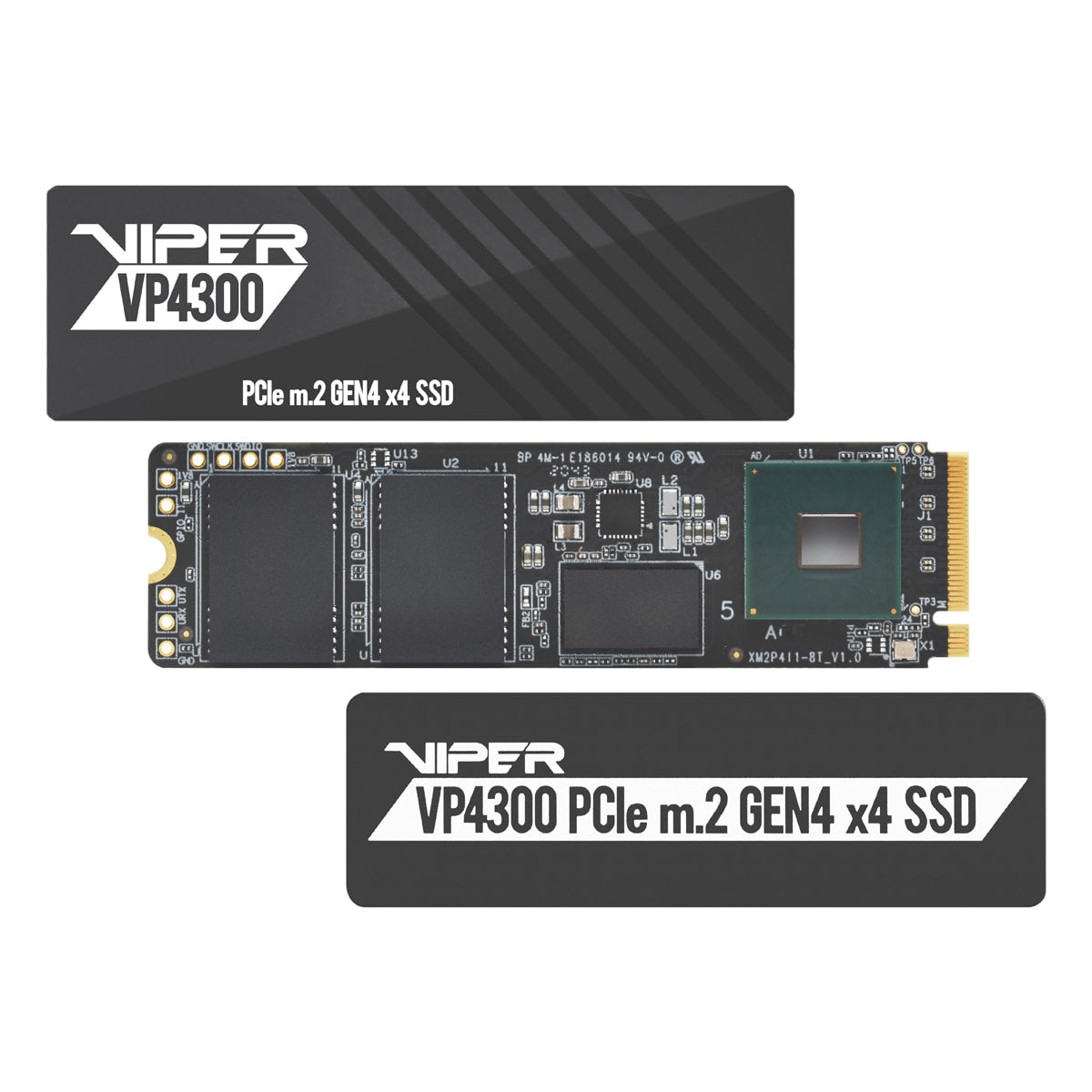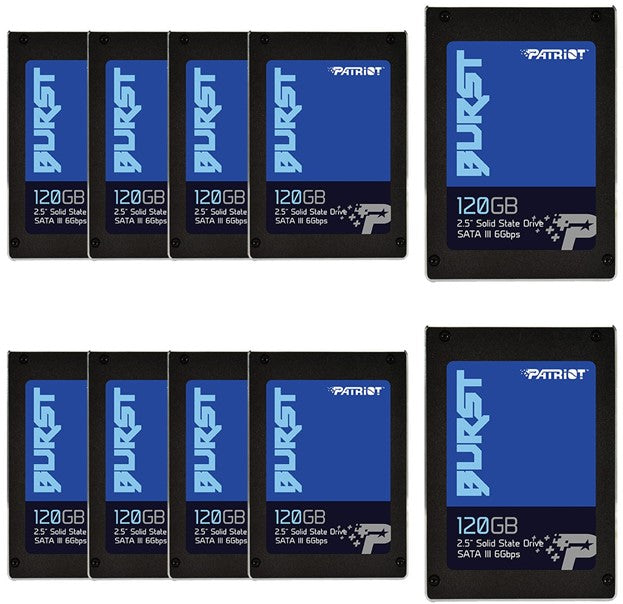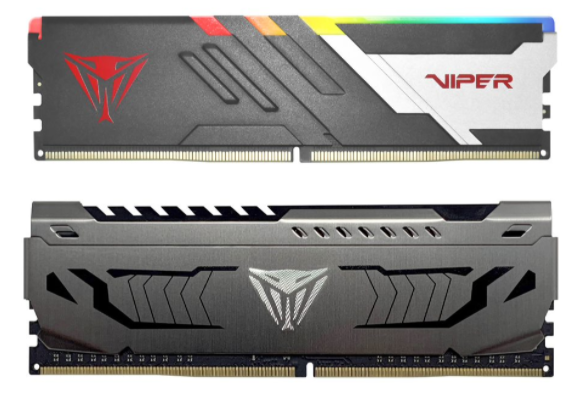PCIe, Peripheral Component Interconnect Express, is used to connect your PC to your motherboard and other high-speed interface such as graphic cards, SSDs, Wi-Fi cards, and other hardware.
There are many sizes for PCIe on your motherboard ranging from PCIe x1, PCIe x4, PCIe x8, PCIe x16, and PCIe x32. The letter “x” stands for the physical dimensions of the slot and how many lanes are in the expansion slot. Lanes tell you have fast data can travel. You can place a PCIe x1 into a PCIe X16, but not vice versa.
PCIe version/gen 1 was introduced in 2003 with a transfer rate of 2.5 gigatransfers per second (GT/s).
PCIe version/gen 2 was introduced in 2007 with a transfer rate of 5GT/s.
PCIe version/gen 3 was introduced in 2010 with a transfer rate of 8GT/s.
PCIe version/gen 4 was introduced in 2017 with a transfer rate of 16GT/s.
PCIe version/gen 5 was introduced in 2019 with a transfer rate of 32 GT/s.
PCIe version 6 is planned to be released near the end of 2021 or early 2022, and it is expected to have a transfer rate of 64GT/s.
As you can see with each new version or gen, it doubles the transfer rate compared to the predecessor.
PCIe gen 1 and 2 are outdated, gen 3 is the current standard mainly found on 300 or 400-series motherboards until the industry adopts the PCIe gen 4.
|
Unidirectional Bandwidth: PCIe 3.0 vs. PCIe 4.0 |
||||
|
PCIe Generation |
x1 |
x4 |
x8 |
x16 |
|
PCIe 3.0 |
1 GB/s |
4 GB/s |
8 GB/s |
16 GB/s |
|
PCIe 4.0 |
2 GB/s |
8 GB/s |
16 GB/s |
32 GB/s |
Let’s start comparing PCIe gen 3 versus PCIe gen 4 to see how they will perform in a real-world application.
PCIe Gen 3 VS PCIe Gen 4
PCIe gen 3 and PCIe gen 4 generally have the same loading time for windows. However, how data is read and written between the two might be a lot different considering how each new version or gen of PCIe doubles the transfer rate compared to its predecessor.

Using CrystalDiskMark 7.0.0 (a tool that measures the read and write data transfer speed for the storage of SSDs and HDDs), we can see in the chart that random data transfers are not affected, but we can see the biggest difference is in sequential data transfer. The read data is 61% faster for the PCIe gen 4 versus the PCIe gen 3 and the write data is 46% faster for the PCIe gen 4.
Finally, let us see how PCIe gen 3 and PCIe gen 4 perform for gaming. Gaming usually requires higher performance from the computer, and that’s what you would generally want if you’re a gamer, to get the best out of the gaming experience.

Here they are using the ASRock AMD Radeon RX 5700 XT Taichi X 8G OC+ graphics card with the 3DMark's PCI Express for the benchmark. This test will tell us the bandwidth achieved to see which one will give us the faster data transfer during the game loading time.
PCIe gen 4 was able to reach a bandwidth of 23.25GB/s whereas the PCIe gen 3 was only able to reach 14.31GB/s. That is a 39% benefit if you were to use PCIe gen 4 rather than PCIe gen 3.
Gaming with PCIe Gen 3 VS PCIe Gen 4
Let’s see how PCIe gen 3 and PCIe gen 4 perform in some of the most popular games currently on the market. We will be looking at frames per second (FPS), the rate at which consecutive image frames display on your screen. This will allow us to see which PCIe gives a better response, smoother experience, and minimal lag while playing their favorite games.
First off, we have Fortnite, although not a very demanding game in terms of graphics, it is one of the most popular games for kids.

While running Fortnite at 1080p resolution, we can see that there is a 44% increase in FPS for the PCIe gen 4 versus PCIe gen 3. When Fortnite is run at 1440p resolution, we see PCIe gen 4 provides a 27% increase in FPS.
Next, we have Shadow of the Tomb Raider which should be played at the highest resolution possible for outstanding visual quality. Shadow of the Tomb Raider is an action-adventure game played from a third-person perspective; players take on the role of Lara Croft as she explores environments across the continents of Central and South America. In addition to standalone areas, the game has a large hub in the Hidden City of Paititi.

While using the highest resolution possible, whether it’s 1080p or 1440p, we can see that there is minimal difference in FPS between PCIe gen 3 and PCIe gen 4 for Shadow of the Tomb Raider.
Finally, let’s check out how the Battlefield V benchmark compares between PCIe gen 3 and PCIe gen 4. Battlefield V is a first-person shooter video game and is for gamers who opt for long-form matches, tactical and strategic gameplay, and intense, realistic combat. Battlefield features more immersive, detailed, and emotional storylines. Hence will require a high demand for your hardware resources to display the best graphic quality for your gaming experience.

As we can see from the chart while running Battlefield V on 1440p resolution, PCIe gen 4 has a slight increase of about 2% compared to PCIe gen 3. Additionally, there was no difference while running Battlefield V on 1080p resolution.
Cost of PCIe Gen 3 Versus PCIe Gen 4
When compared side by side, PCIe gen 4 definitely has the better specifications in comparison to PCIe gen 3. It has faster frames per second and it can read and write data a lot faster than its predecessor. Why wouldn’t you get a PCIe gen 4?
The best specifications also come with the higher price, so the real question is how much are you willing to pay to upgrade your computer? The great thing about a PCIe gen 4 is that it’s backwards compatible. If you need to upgrade from a PCIe gen 3 to a gen 4, you can get it as a replacement.


As we can see the price for a PCIe gen 3 is $34.99 and the price for a PCIe gen 4 is a little more than 3 times the price at $260.99.
Replacing your PCIe isn’t the only thing you might need to replace. You need to make sure that you connect the right PCIe to the right motherboard. In most cases, they need to be compatible since motherboards tend to be very specific with their slots for connecting additional high-speed interface.
Generally, a motherboard with PCIe gen 3 ranges from $75.99 to $300.99 PCIe gen 4 ranges from $849.99 to $1599.99.
PCIe Gen 3 or PCIe Gen 4 Which One Should I Get?
As technology continues to improve, games will get larger in size, algorithms will get more complex, and demand from users for faster data transfer speed and better graphic quality increases. If you are able to spend the extra money and get a motherboard with a PCIe gen 4, then you will be set up for newer usage and not have to worry about upgrading.
PCIe gen 4 is still a while away from being the main motherboards, so for anyone on a budget, there is still time before you would need to upgrade. There isn’t anything wrong with a PCIe gen 3 motherboard, you will get great graphics, good data reading and writing, and be able to handle gaming needs.




Leave a comment
This site is protected by reCAPTCHA and the Google Privacy Policy and Terms of Service apply.